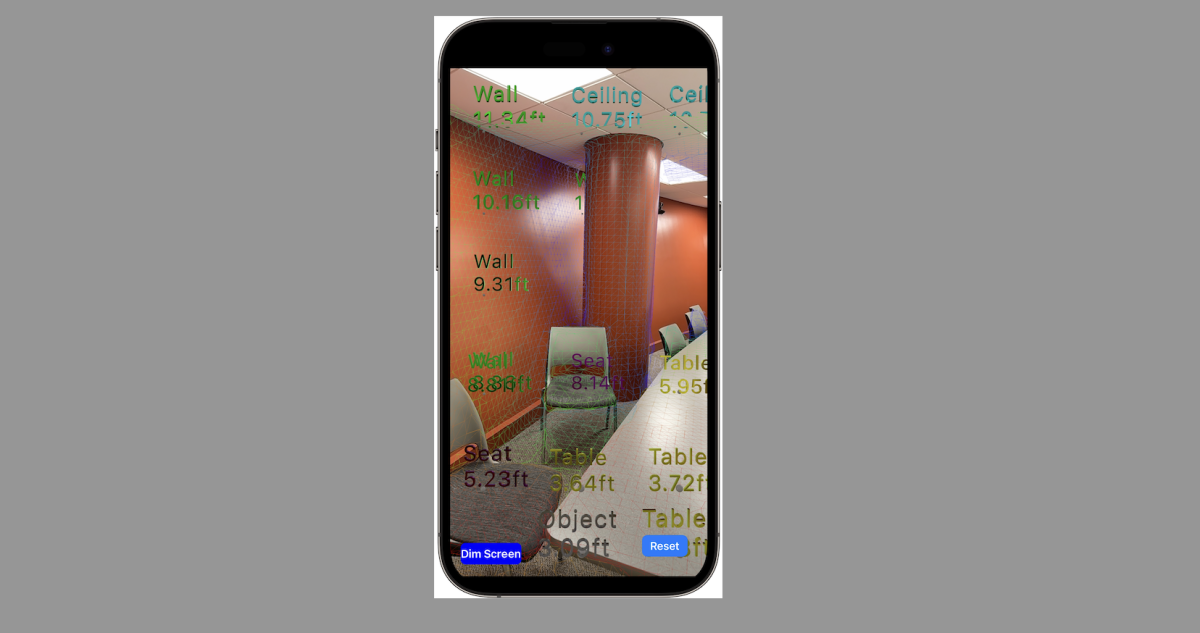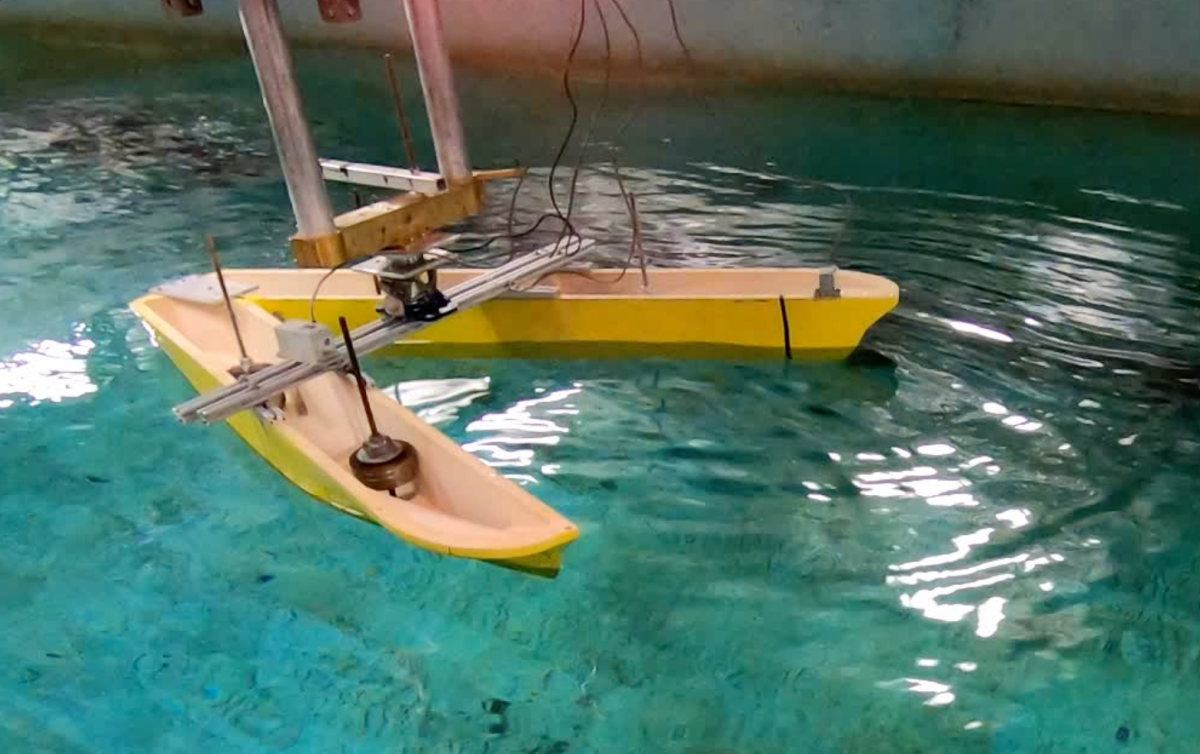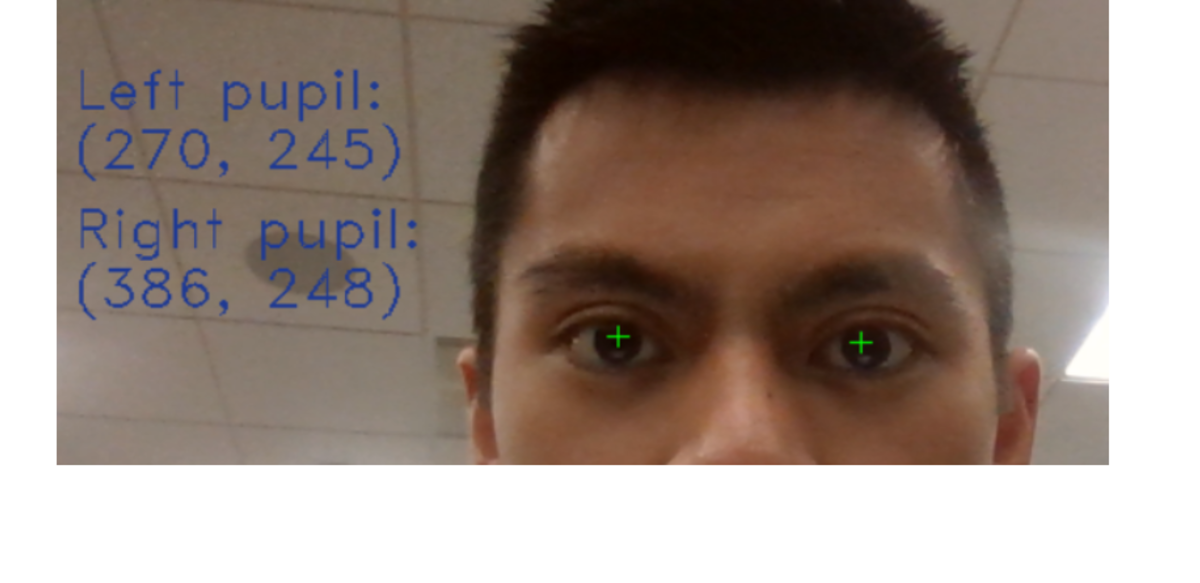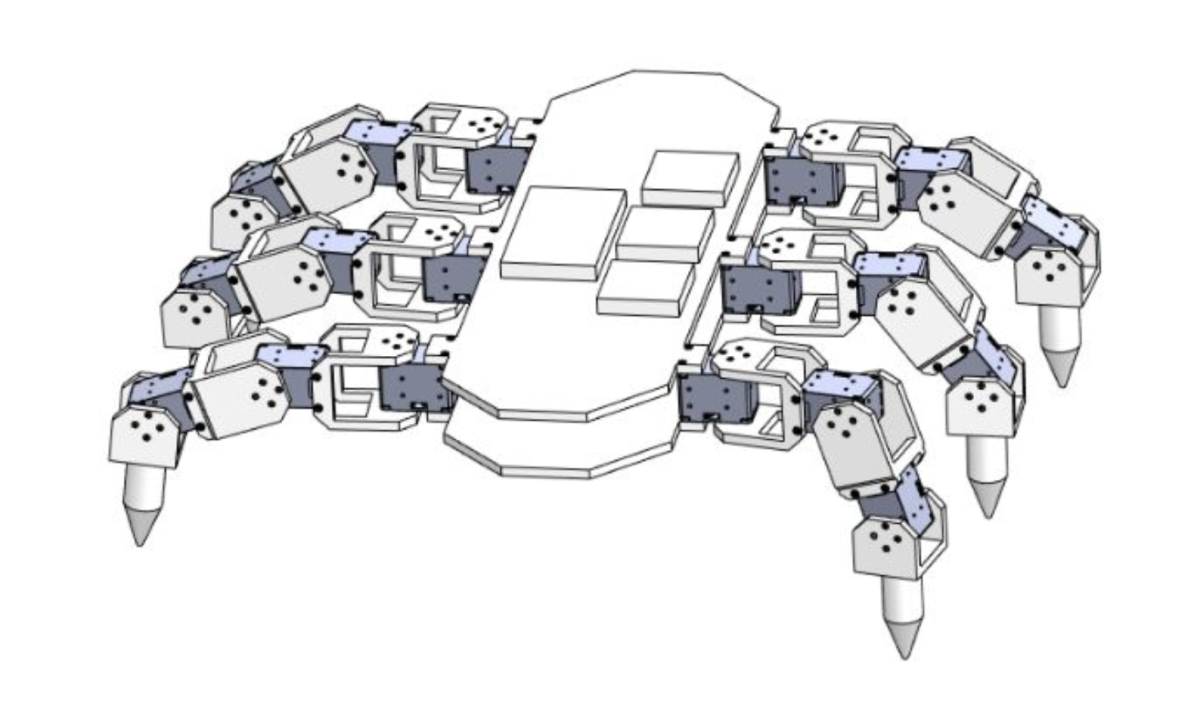Pick Six: Six (of 200+) Reasons to Attend Stevens’ 2023 Innovation Expo April 28
Battery-swapping drones, a Mars motel, ocean garbage-hoovers, the Bear Grylls of robots... and more!
Stevens Institute of Technology’s annual Innovation Expo is fast approaching. In case you were thinking of skipping it... think again!
More than 200 teams of graduating seniors will bring cool business ideas, products, devices, services and artistic wonders to campus across a variety of venues April 28.
Plus there’s a keynote lecture by cybersecurity CEO Rita Gurevitch '06; the annual “Shark Tank”-style Ansary pitch competition (with a $10,000 top prize); and a concert by student performers to boot.
Here’s a taste of what’s in store, six hand-picked projects with very high coolness factors.
Be there or be square.
1. The midair-refueling drone
We’ve all been there. Just when you’re about to get that overhead shot of a lifetime of your dog raiding the feed bag, bam! Out of power. Commercial, military and amateur-piloted drones are filling the skies — but their flight time is limited by the charge in their batteries.
Or, maybe not? A six-member Stevens team has just built and demonstrated a “refueling” system that sends a second drone up into the skies to rendezvous with airborne drones and swap in a fresh battery for the flagging one. In midair! It safely catches and brings back the exhausted battery, too, for recharging or disposal. Check out the amazing video below for more deets.
Professor Brendan Englot advises the team of Michael Botros ’23, Elizabeth Cannizzo ‘23, Eugene Kozlavov ‘23, Enzo Napolitano ‘23, Christopher Solan ‘23 and Julia Wierzbicki ’23; the technology firm L3Harris is sponsoring the project.
2. The Mars Motel
NASA’s annual RASC-AL competition has long been known for putting on some pretty radical challenges, and this year’s is a doozy: design either a Martian or a moon base where astronauts can sustainably live and work for long stretches of time.
We got this.
A team of 21 Stevens seniors, advised by professors (and resident space experts) Hao Chen, Paul Grogan and Jason Rabinovitch, are on it. Their proposed design — yes, it’s called MOTEL, for Mars Operation: Transition to Extraterrestrial Life — is a subterranean modular base of inflatable pods that can house six astronauts for seven years, says the team.
To keep them alive and comfy with the scant resources available on the Red Planet, the proposed base is outfitted with innovative sustainable technologies and systems enabling aeroponic food cultivation, water extraction, heating, and other life support. The team has also devised a brilliant strategy to trim costs and resource use by using the moon as a mission-staging go-between.
3. ‘Pocket radar’ for the visually impaired
An estimated 20 million Americans have some form of visual impairment. Many use walking canes, but canes can't sense every threat on a busy street or sidewalk or locate every object in an unfamiliar room.
Now software engineering majors Hyeonu Ju ’23, Nylayah Jones ’23, Tyler Seliber ’23, Francesca Severino ’23 and Mehrab Syed ’23 may have built a better way.
Their iPhone app, GuiDAR, helps augment a cane’s tactile feedback as the user walks with radar-like feedback — except it’s more detailed than that of a radar. The app uses alate-generation iPhone’s onboard LIDAR scanner to virtually map changing walkway surfaces and street environments, sending audible and haptic warnings to users about (literal) pitfalls and other potential dangers.
SSE professor Lu Xiao advises the team.
4. The Transformer-like ocean hoover
The ocean knows trash. Huge floating plastic rafts loom out there in the deep blue, one of them three times as big as France. Sacre bleu. Marine mammals and birds frequently get tangled in that junk (yikes) or even eat it (yuck).
But a trio of Stevens students, under the tutelage of professor Raju Datla, are on the case. Carter Pomponio ’23, Esha Talur ’23 and Liam Walker ’23 are designing and testing iterations of a boat that cruises out to sea, then — when it encounters a pile of that cruddy garbage — splits open at the push of a button into a giant, 60-degree “V” that hoovers up the trash and pushes it safely back to shore where it can be disposed of or recycled.
Coolio.
5. The visionary concussion detector
It's often difficult to tell the difference between a mild bump on a child’s head — at a playground, during a game — and a more serious issue that warrants immediate medical attention.
A four-member Stevens student team of biomedical engineers wants to help make that quick assessment more scientific.
Their proposed system, called Eye-Q, uses a portable screen and video camera to capture, track and measure subtle movements of the pupils in our eyes. Eye-Q's software then instantly analyzes those movements, which can indicate a mild concussion has possibly taken place, and gives a recommendation about whether the person should continue activity or not. The device is small and quickly attaches to a person's shoulders with included straps.
Biomedical engineering department chair Jennifer Kang-Mieler advises the team of Jessica Kaiser ‘23, Matt Del Rosario ‘23, Bisma Bhatti ‘23 and Omar El Sayed ‘23.
6. The Bear Grylls search-and-rescue robot
Every year, travelers in remote mountains and other natural areas become disoriented, lost or injured — even sometimes perish — when rescuers can’t locate them in time to help.
To assist, seniors Michael Arndt ’23, Amanda Clemente ’23, Catherine Duphiney ’23, Brian Martinez ’23 and Junseok Oh ’23 propose a novel solution. They’re prototyping an articulated robot that can autonomously walk, climb, swing and crawl through rough backcountry in any kind of weather, searching for signs of life using camera subsystems — then ping rescue teams with the precise location of an emergency when it finds someone.
Real talk, the bot looks more like a huge bionic crab on wheels than the Bionic Man running down the bad guys. But it gets the job done. (This is Stevens; what did you expect?) Professor Long Wang advises the team.







